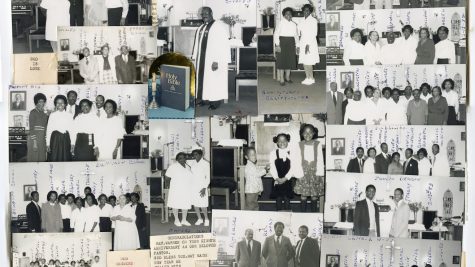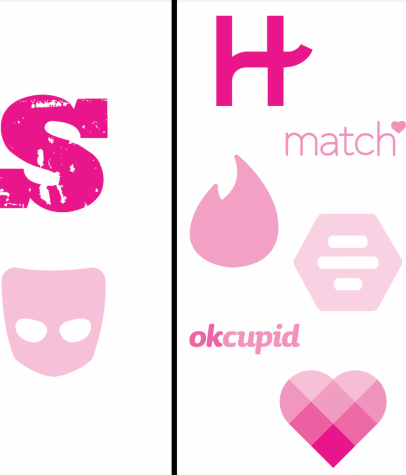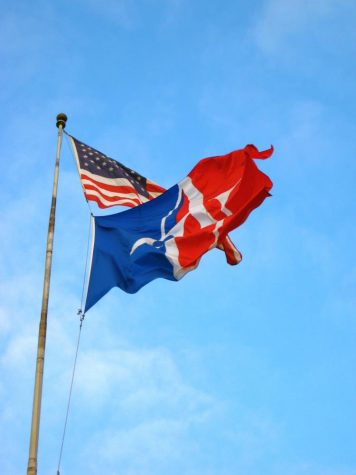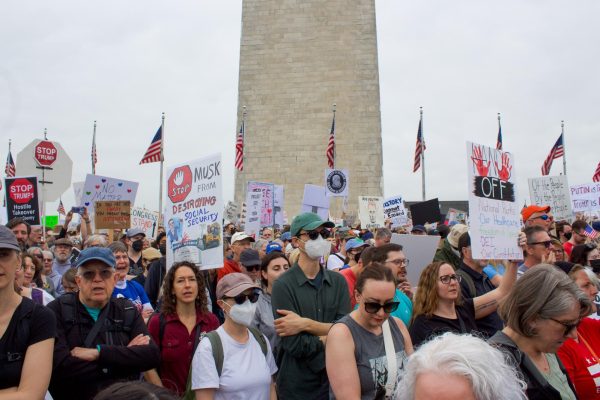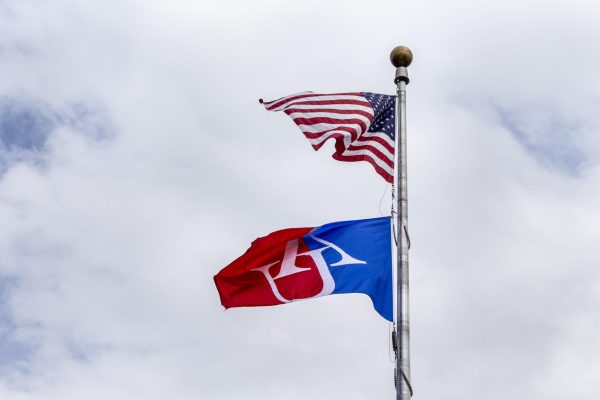From Yellow Umbrellas to the 99%: Succeeding and Failing at Protest
Here is where they gather, the streets and the squares. They gather in the plazas of the gleaming island metropolis, with its numerous glass and metallic skyscrapers. Hong Kong—a global center for culture, business, and finance—brought to a halt by protestors occupying public spaces. Refusing to leave, tensions between protestors and local authorities and police continue to increase with growing demands that the public spaces be vacated. The protests continue late into the night under the yellow haze of the street lamps. Welcome to the Hong Kong Umbrella Movement, which lasted from September-December 2014.
The protesters wanted universal suffrage with regard to choosing the next leaders of Hong Kong. Critics claimed the protests were in vain, pointing to the fact their demands were not met. But, were their initiatives and attempts for change, in all reality, futile and what did they gain? Lots of large-scale protests occur with little noticeable success. Take the Occupy Wall Street Movement for example, which protested issues of economic inequality and the exorbitant wealth of the “one percent.” Was Occupy successful? And how might a comparison be drawn between the two?
For more than a century now, Hong Kong has been politically unique: First, it was a British colony, and now it is one of two Special Administrative Regions of China (the other being nearby Macau). According to AU history professor Justin Jacobs, the difference in governance that exist between Hong Kong and Mainland China is necessary “to meet local demands for whatever the conditions are in each area,” commenting on the “one country, two systems” policy in Hong Kong and China. As a Special Administrative Region, Hong Kong has an autonomous government, which can make its own decisions and policies, except for in regards to the military and foreign policy. Under this system, Hong Kong has maintained its Common Law legal system and still holds remnants of the democratic system of governance that the British started before they handed over control of Hong Kong to China.
In late August 2014, China, which holds ultimate authority over the Special Administrative Region, decided to make changes to the selection process of governing officials in Hong Kong. The selection of the Chief Executive of Hong Kong (highest government official, like a mayor), once selected by a 1200-member committee, was changed to a democratic, electoral process. However, the Chinese government preselects candidates for this election, causing tension between the Chinese government and Hong Kong. A similar system could be taken up in the future for Hong Kong’s Legislative Council as well. These proposals sparked massive protests in Hong Kong from September to December, known as the Umbrella Movement. The movement earned its name from the umbrellas protestors used against tear gas and pepper spray.
Occupy played out in a similar manner. One similarity that can be seen between the two movements is the lack of organization they both had. When it comes to the Occupy Movement, the protestors had very little organization and is self-described as “a leaderless resistance movement,” according to the Occupy Wall Street website. While the Occupy Movement had little to no form of organization, the democracy protests in Hong Kong used numerous strategies to reach their goal, including occupations in numerous areas of the city (the Admirality, Mong Kok, Tsim Sha Tsui, and Causeway Bay), hunger strikes, and civil disobedience. The Hong Kong democracy protests did not have a centralized and collected leadership, but rather multiple organizations, with their own respective leaders, running the protests. The most noteworthy organizations promoting the protests included the Occupy Central with Love and Peace (OCLP), Hong Kong Federation of Students (HKFS), and Scholarism. Even though the Umbrella Movement had some form of organization behind it, the numerous different organizations that contributed to the protests nonetheless lacked a central organization or group to unite them in one cause. Instead, they had multiple similar cooperating initiatives.
Even though they may not have achieved their ultimate goal and are now over, some believe that the protests have made the issue of democracy more prevalent in the lives of the average Hong Konger. It is in this way that the Umbrella Movement has found success. As stated in OCLP co-founder Benny Tai’s New York Times editorial from December 4, 2014, entitled “What Next for Hong Kong? Benny Tai on Why Occupy Central Should End” he states, “The Umbrella Movement has awakened the democratic aspirations of a whole generation of Hong Kong people. In this sense, we have achieved much more than what we could have hoped for. ” Without the “unsuccessful” protests, the issue of democracy in Hong Kong would not be as important as it is today.
While the similarities between the two protest movements are numerous, one of the most significant is that, like the Umbrella Movement, people believe that the Occupy Movement was, ultimately, a failure. This perspective can be seen in Chris Cillizza’s Washington Post article from September 17, 2013, “What Occupy Wall Street meant (or didn’t) to politics” when he says, “What’s clear two years on is that Occupy Wall Street didn’t turn into a lasting movement with deep impact on the political landscape. […Its] impact on our political culture has been minimal.” Despite these claims, the movement has been able to influence politics and the lens through which citizens consider what is important when looking at a situation or event. Through this “failed” movement, protestors influenced the rhetoric and dialogue of Obama’s 2012 presidential campaign (which Cillizza admits, but underestimates), have forced the concept of the 99% into the mainstream, and have increased societal awareness of the issue of inequality.
When analyzing and assessing the success of protests movements, such as both the Umbrella Movement in Hong Kong and the Occupy Wall Street Movement in the United States, we must consider more than just the black-and-white question of did the protest movement achieve its stated goal. Considering broader impacts on society is necessary to quantifying a movement’s success. And when both “failed” protest movements are considered in this way, success is a complex, yet definitive yes.



